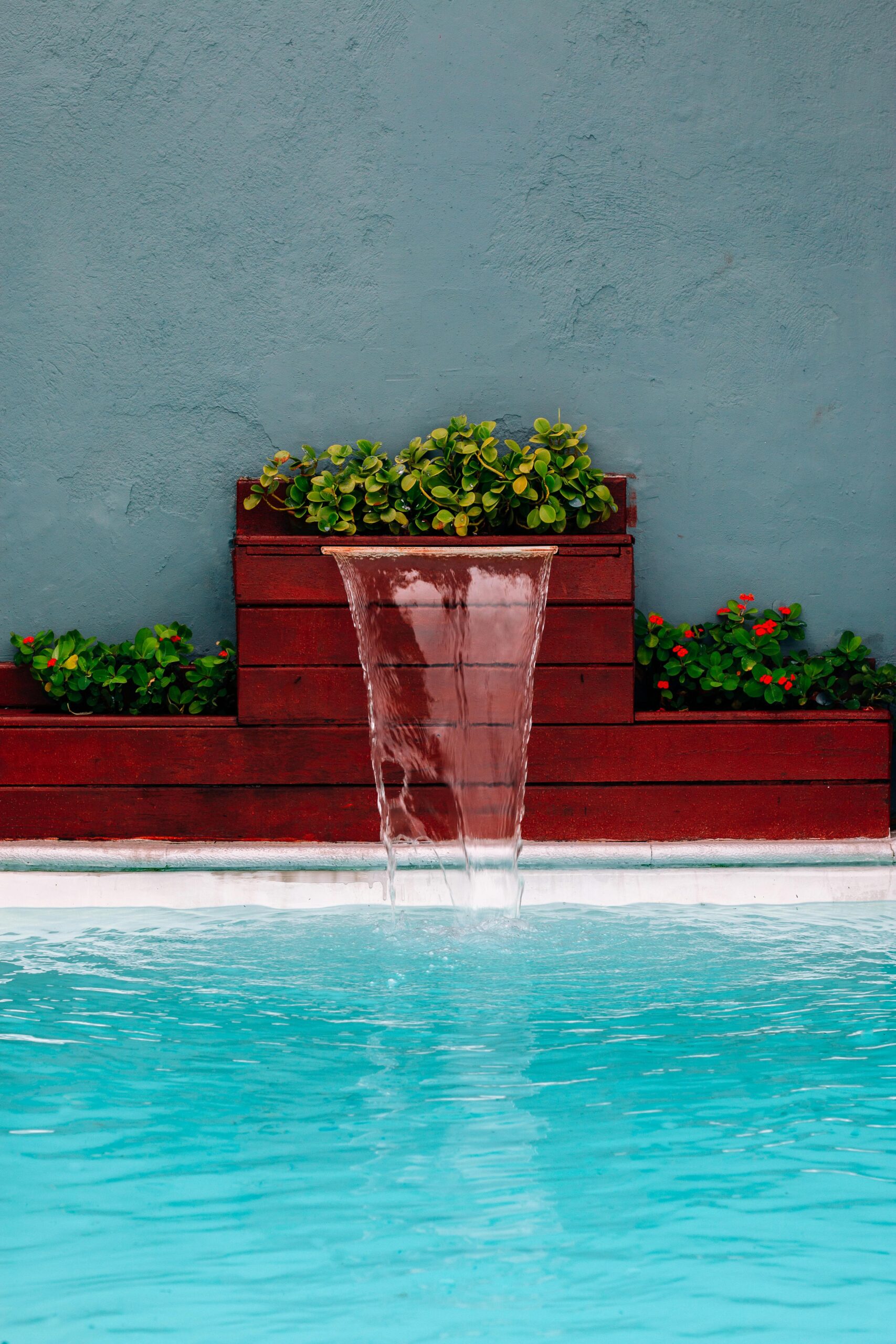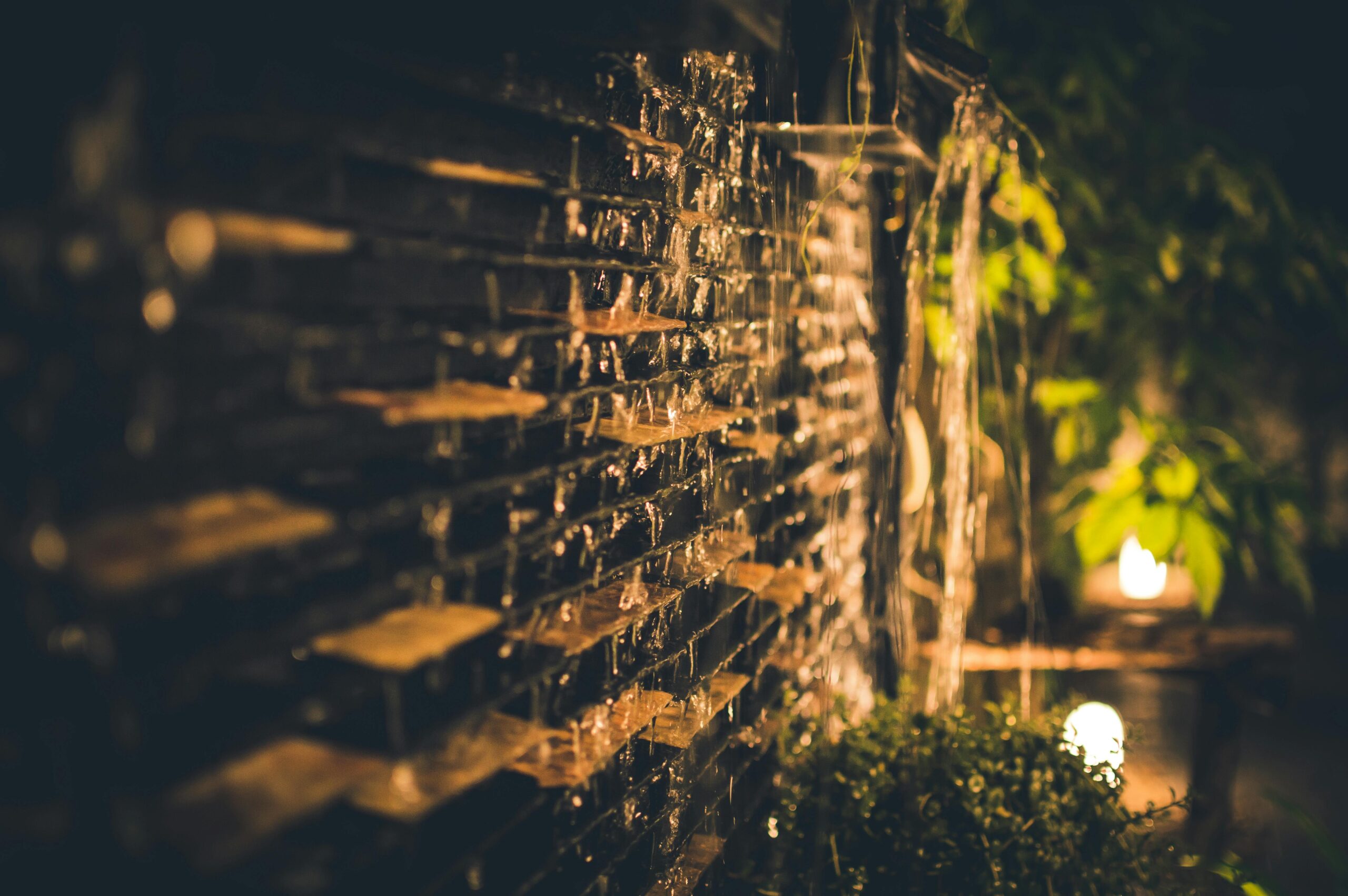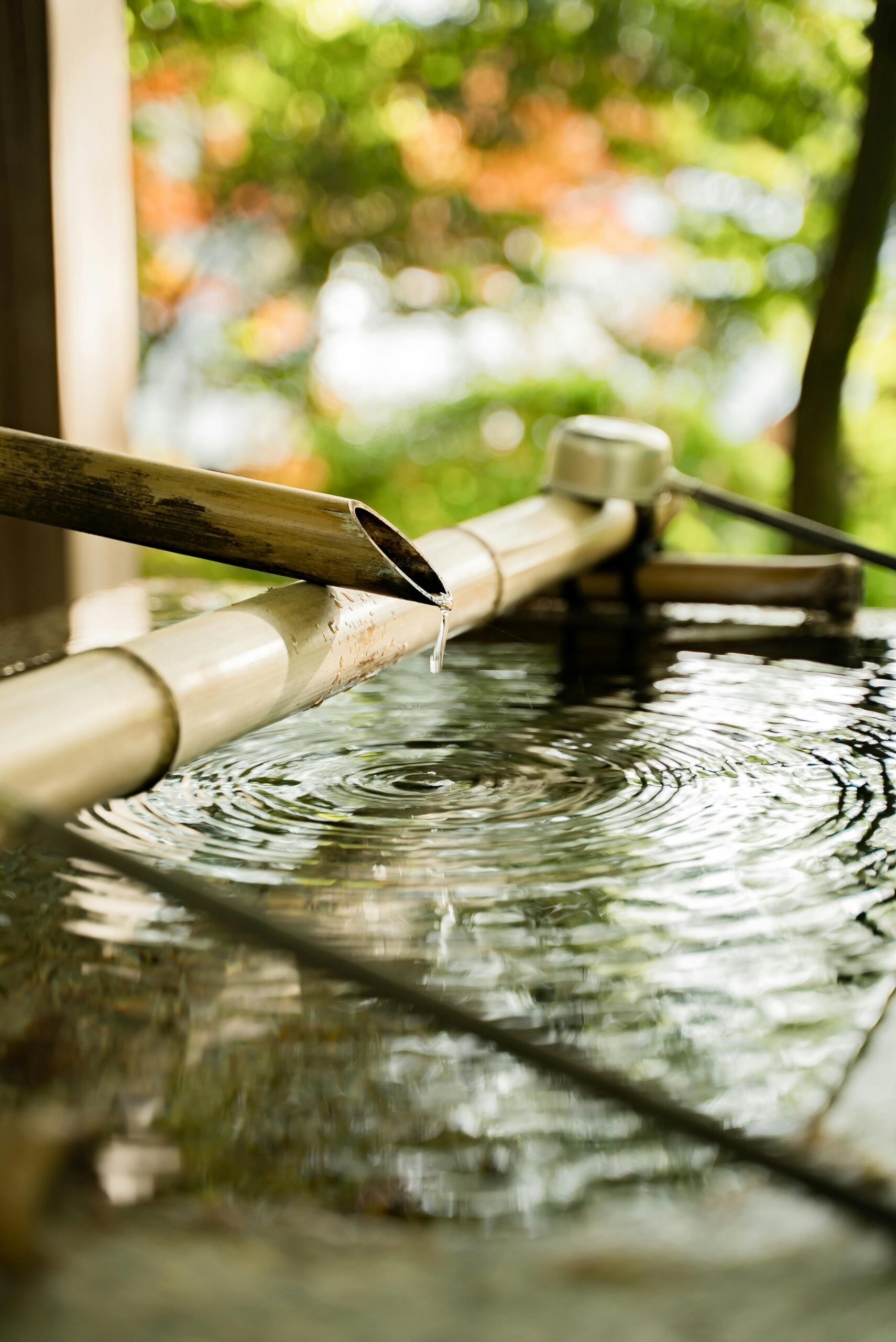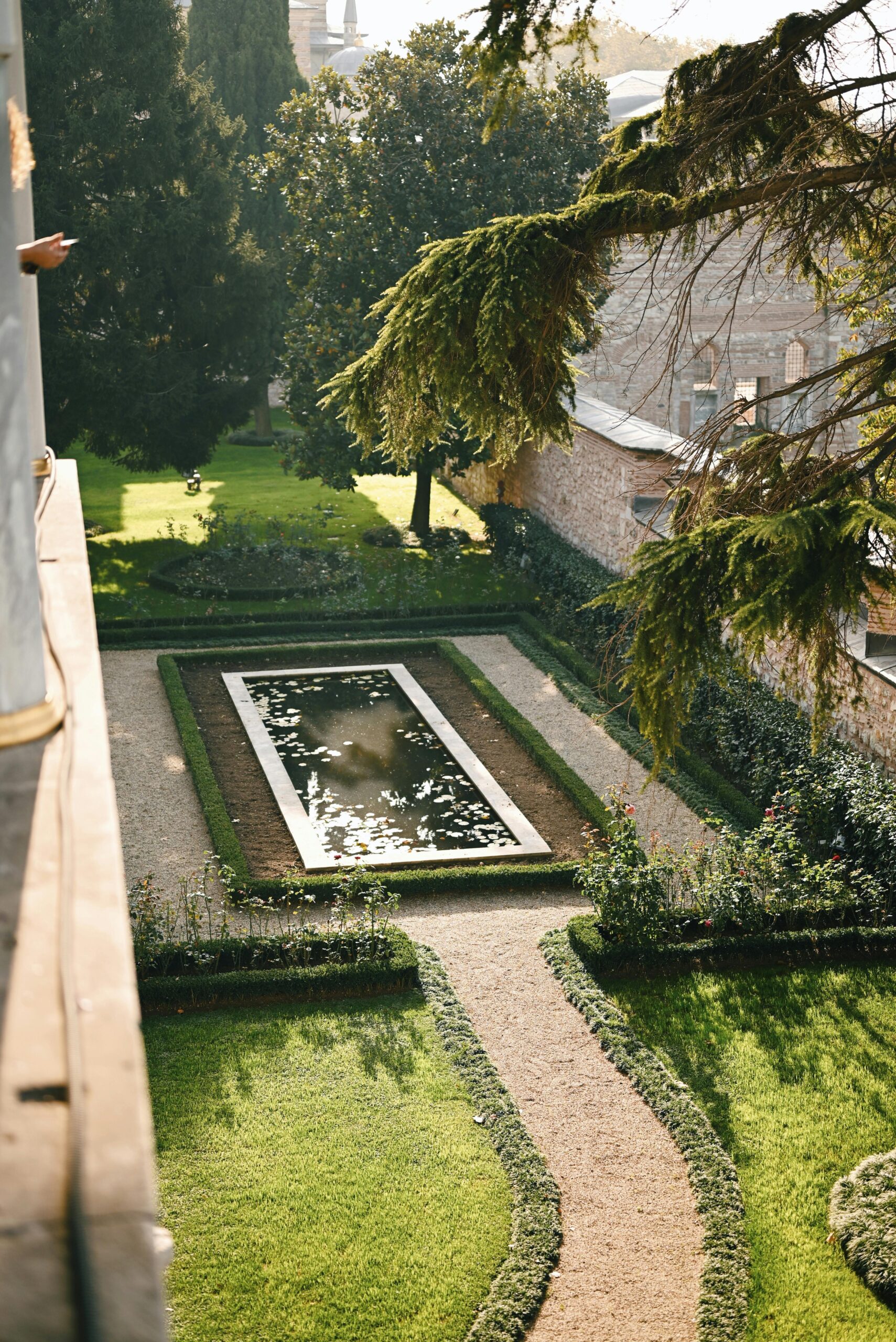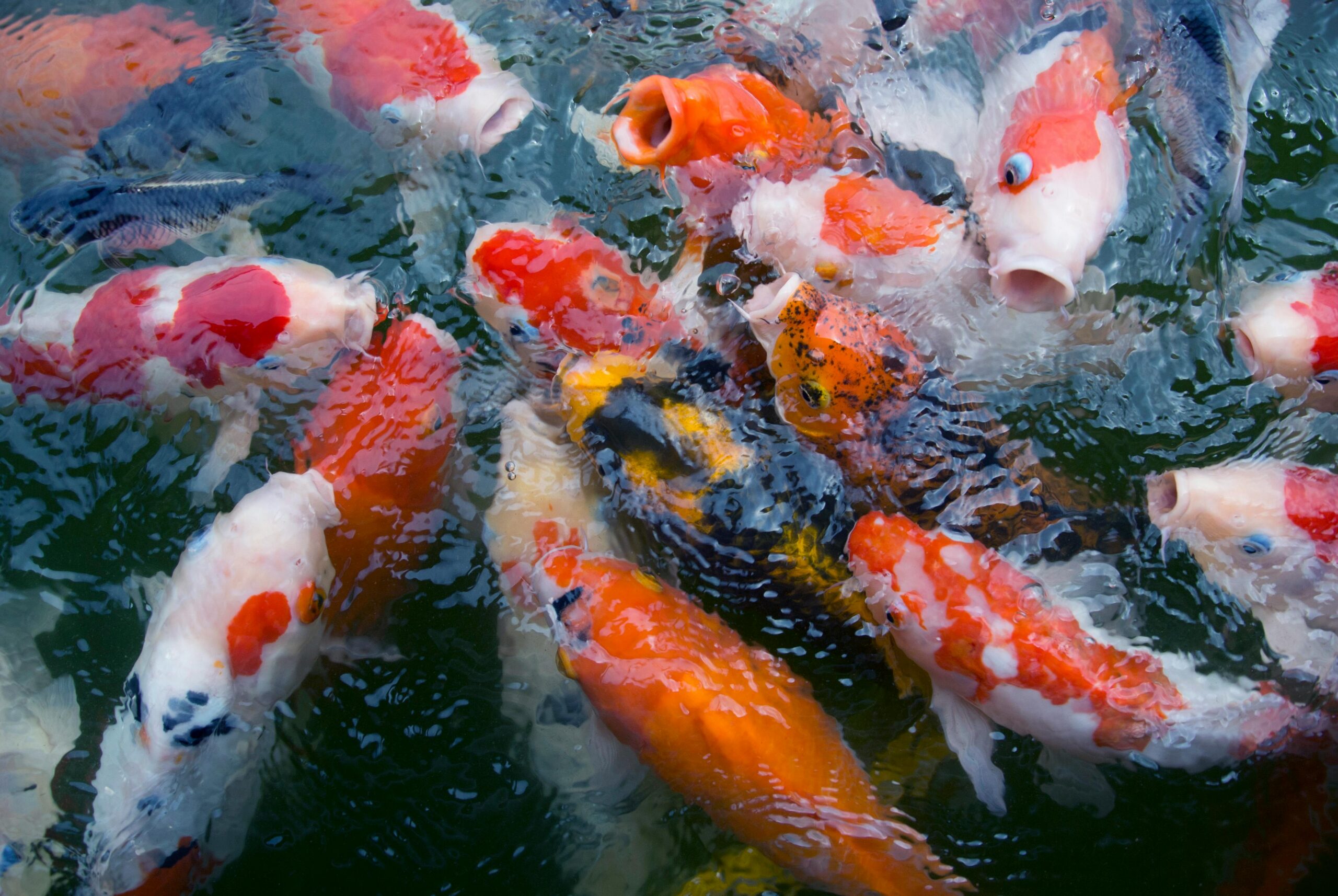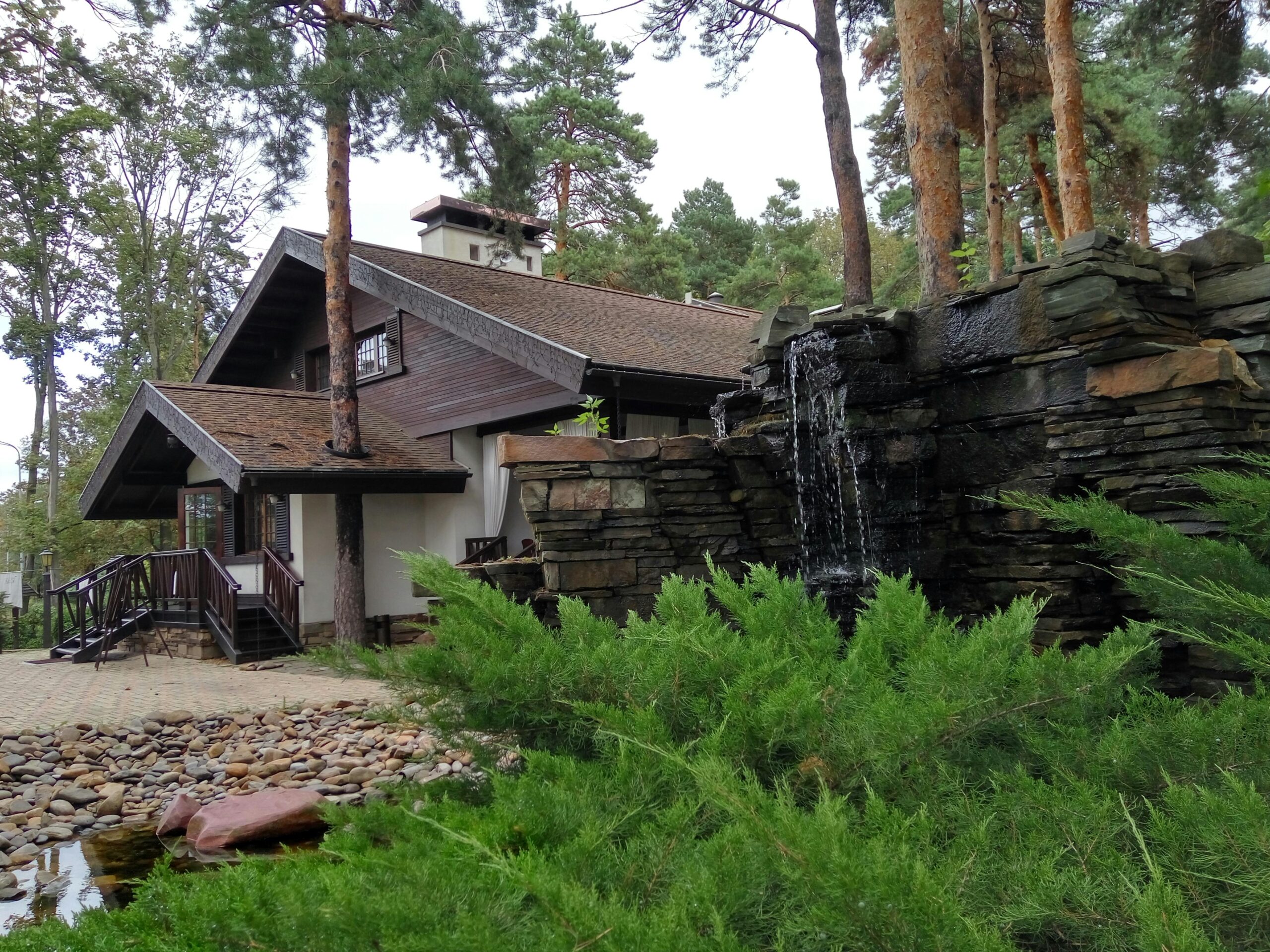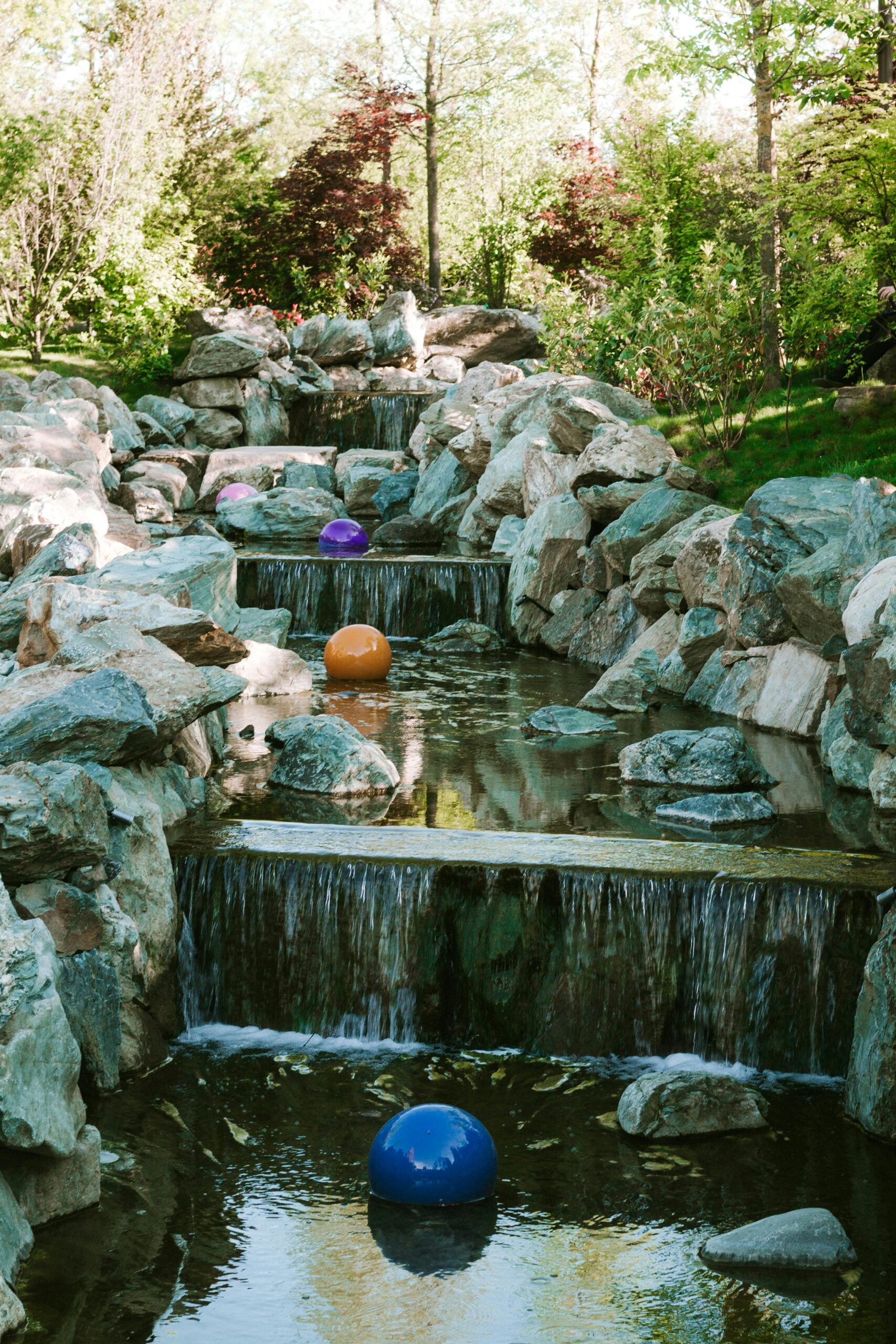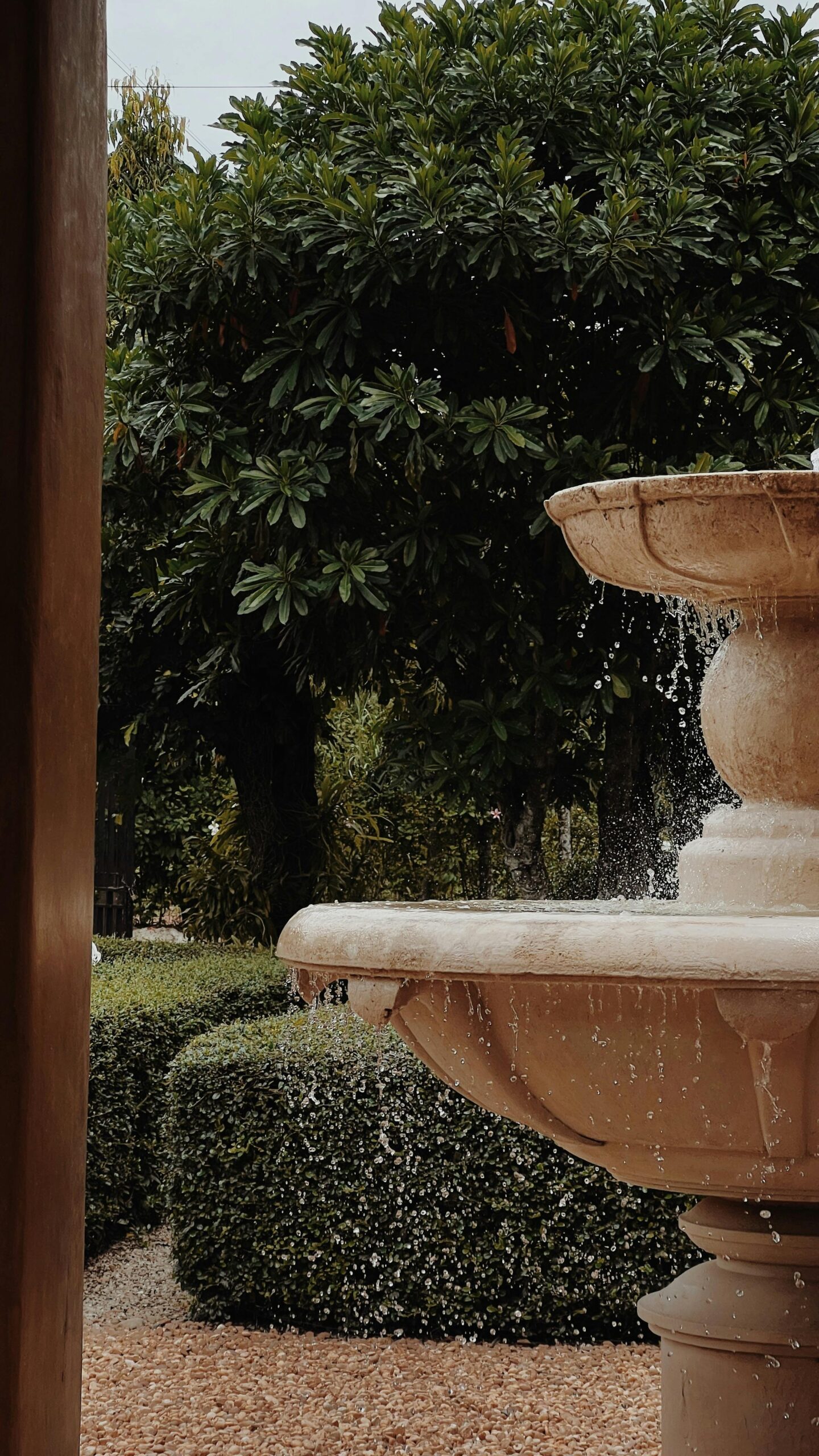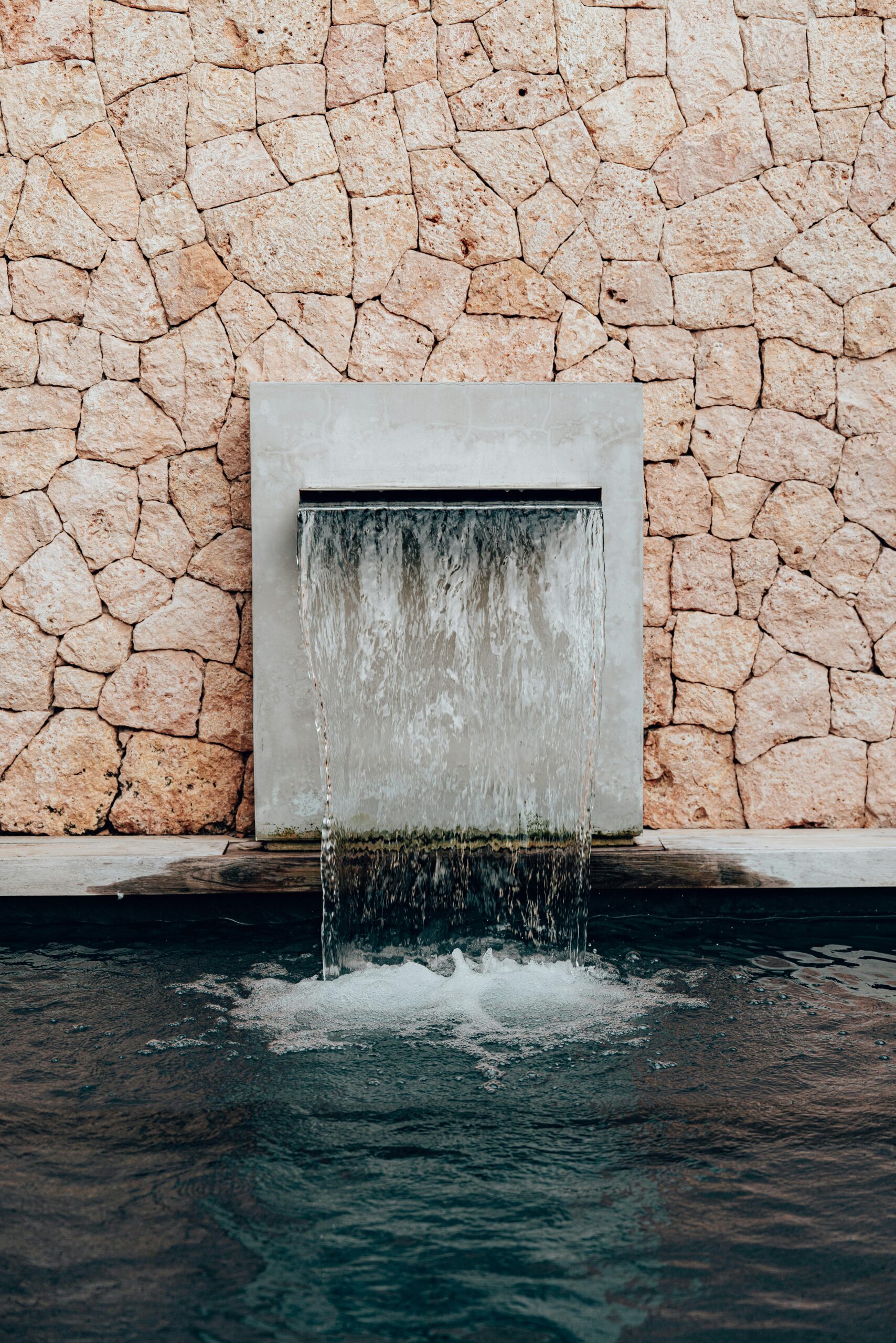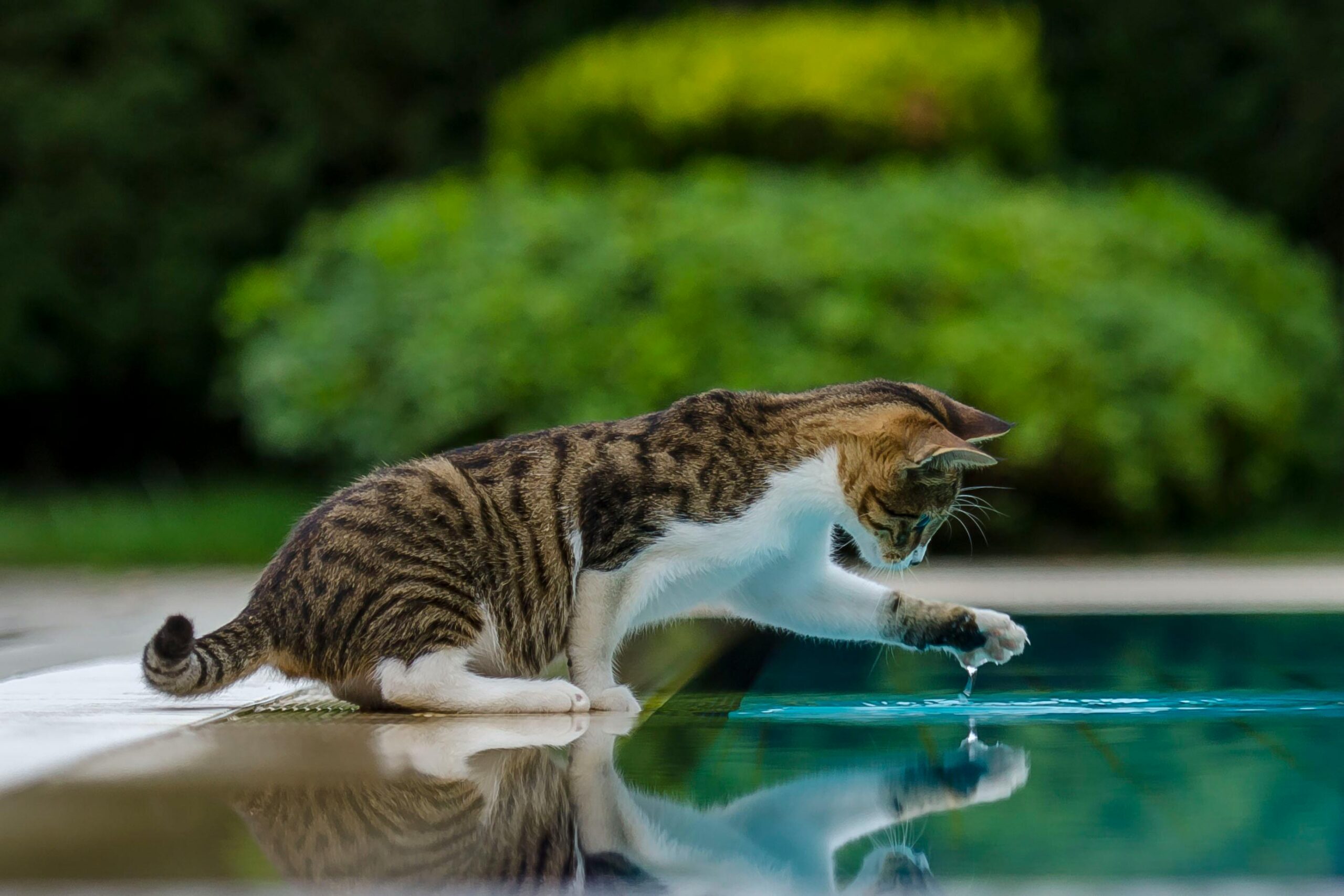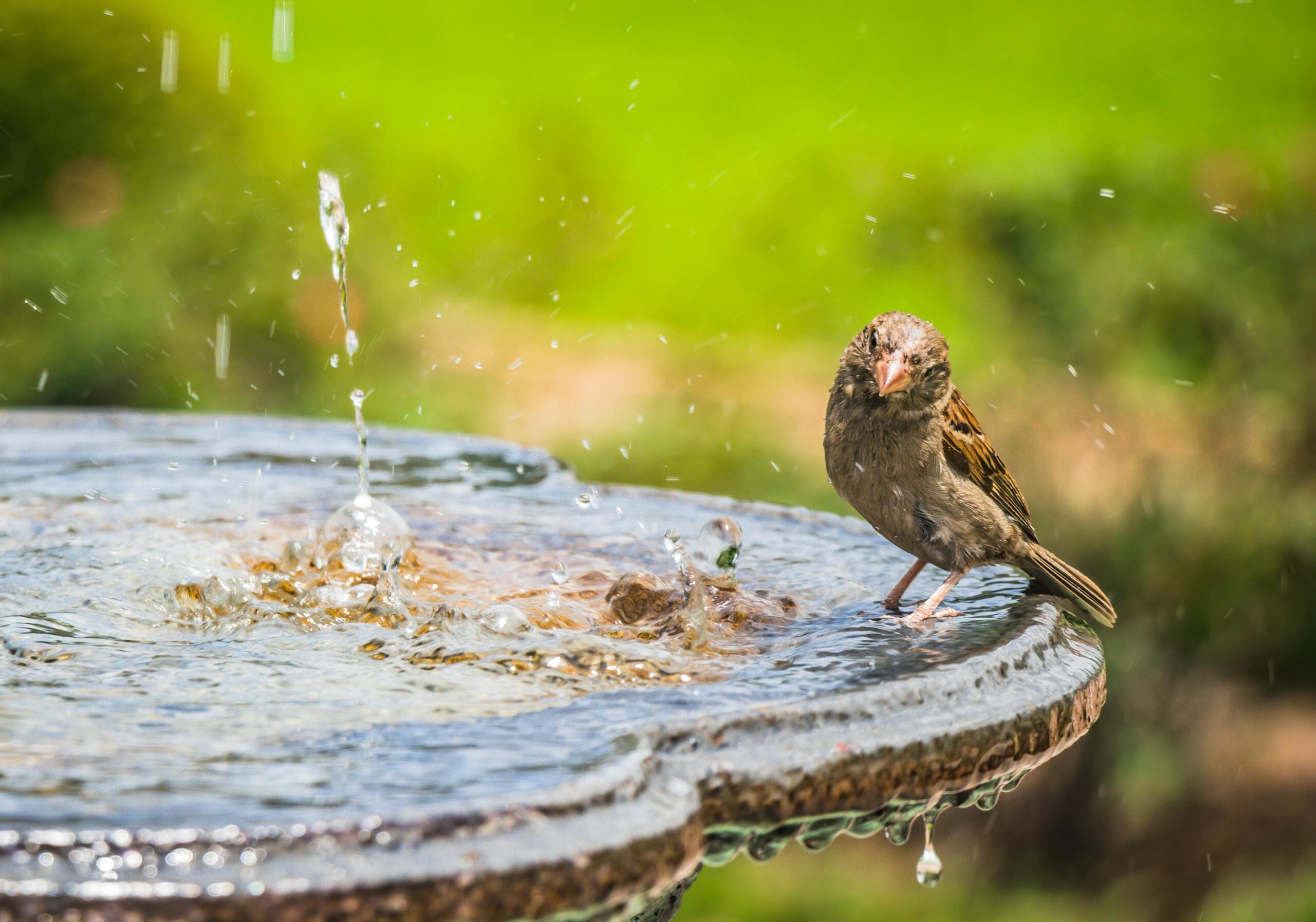Best Water Pumps & Filters for Outdoor Features
Enhance your outdoor water features—whether ponds, fountains, waterfalls, or streams—with efficient water pumps and filters. The right equipment ensures clean, clear water, smooth circulation, and a beautiful, functional water display that elevates your garden or patio.
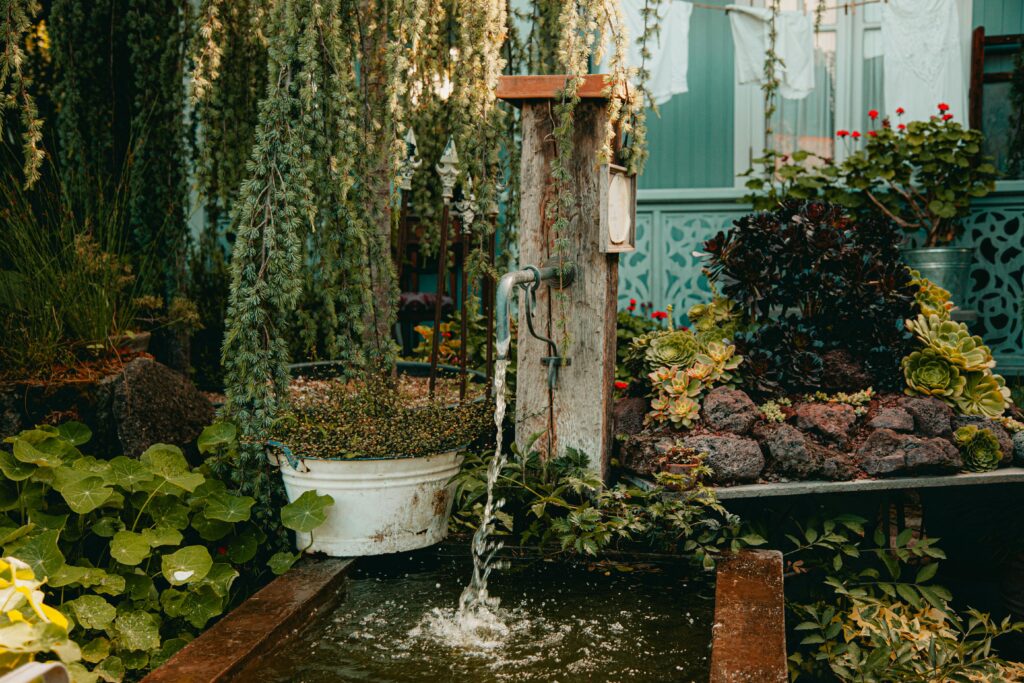
Outdoor water features add charm and tranquility to any landscape, but they require proper circulation and filtration to maintain water quality and prevent issues like algae growth. Choosing the best water pumps and filters is crucial for keeping your pond, fountain, or waterfall operating efficiently. This guide provides an overview of the benefits of quality water circulation, the different types of pumps and filters available, tips for selecting the right equipment for your needs, and advice on regular maintenance and care.
Benefits of Using Quality Water Pumps & Filters
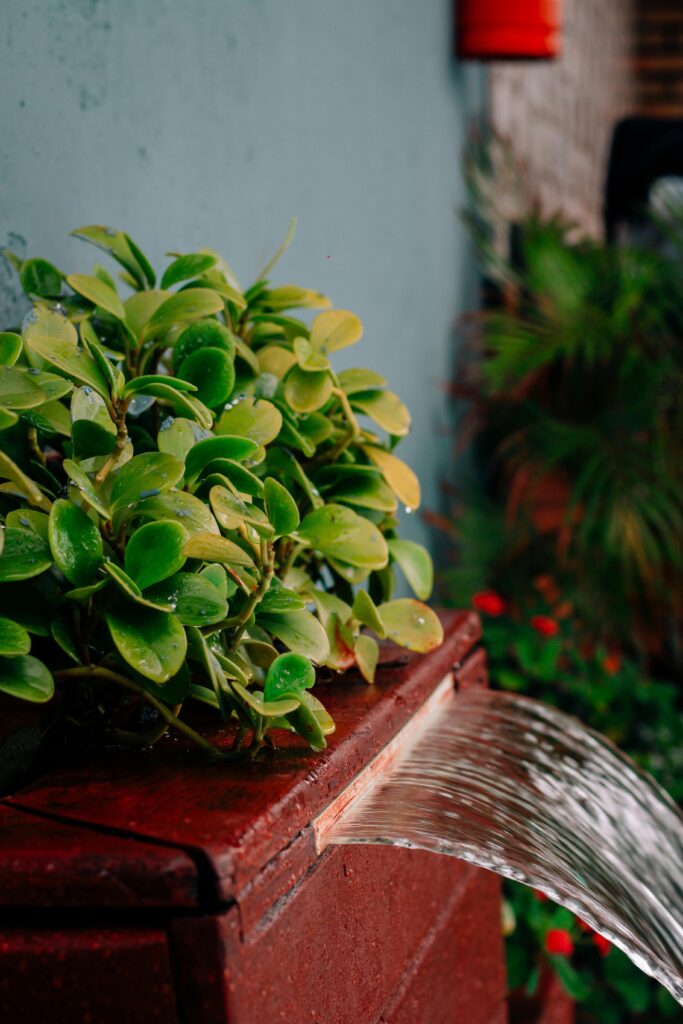
- Improved Water Clarity:
Effective filtration removes debris, algae, and other impurities, ensuring your water feature remains crystal clear. - Enhanced Circulation:
Proper water circulation distributes oxygen evenly, which benefits aquatic life and prevents stagnant water that can lead to unpleasant odors. - Reduced Maintenance:
High-quality pumps and filters reduce the frequency of manual cleaning and water changes by continuously keeping the water clean. - Energy Efficiency:
Modern water pumps are designed to be energy efficient, helping to lower your utility bills while maintaining optimal performance. - Extended Lifespan of Water Features:
Consistent filtration and circulation reduce wear on your water feature’s components, resulting in a longer-lasting installation.
Types of Water Pumps
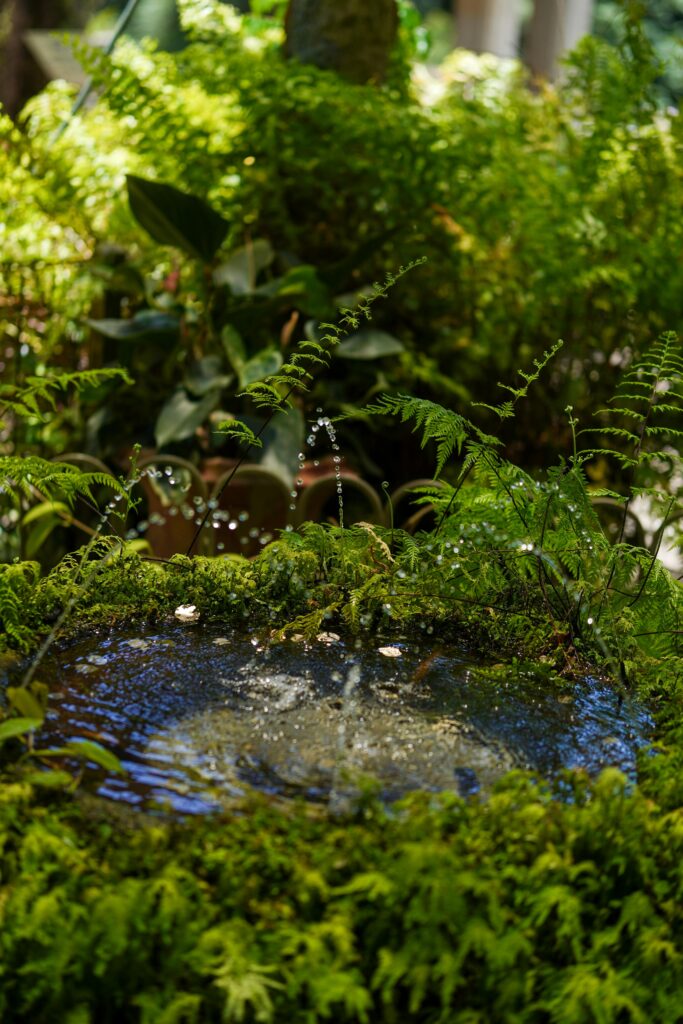
Submersible Pumps
- Description:
Designed to operate underwater, submersible pumps are ideal for ponds and fountains. They are quiet, efficient, and easy to install. - Best For:
Smaller ponds, waterfalls, and garden fountains where the pump can be completely submerged.
External (Non-Submersible) Pumps
- Description:
Mounted outside of the water feature, these pumps are accessible for maintenance and typically used for larger installations. - Best For:
Large ponds or water features with significant circulation needs, where ease of maintenance is a priority.
Variable Speed Pumps
- Description:
These pumps allow you to adjust the flow rate, providing flexibility to match the requirements of different water features. - Best For:
Multi-functional installations where precise control over water flow is necessary for aesthetic or ecological reasons.
Types of Water Filters
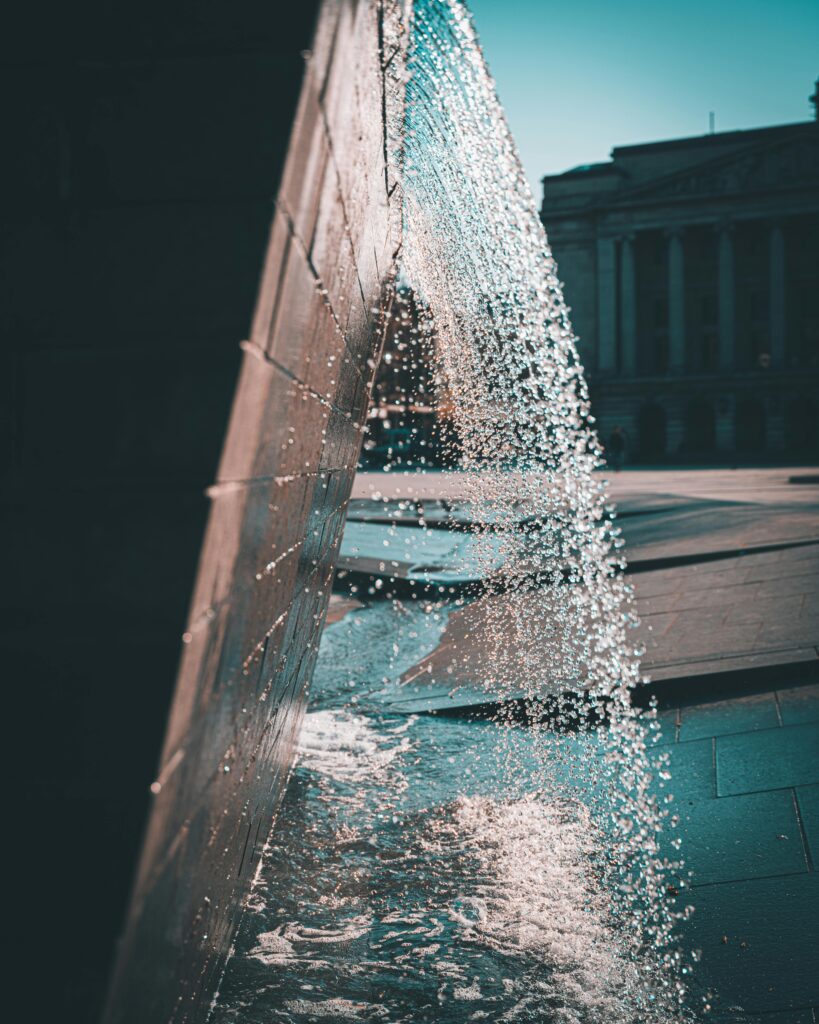
Mechanical Filters
- Description:
These filters remove physical particles such as leaves, sediment, and debris from the water. - Benefits:
They are essential for keeping the water clear and reducing the load on biological filters.
Biological Filters
- Description:
Biological filtration uses beneficial bacteria to break down harmful substances like ammonia and nitrites, which are produced by aquatic life. - Benefits:
Critical for maintaining a healthy aquatic environment, especially in fish ponds.
UV Clarifiers
- Description:
UV clarifiers use ultraviolet light to kill algae and pathogens, improving water clarity and preventing green water conditions. - Benefits:
They are effective at controlling algae blooms and ensuring clear, healthy water.
Combined Filter Systems
- Description:
Some systems integrate mechanical, biological, and UV filtration into one unit, providing comprehensive water treatment. - Benefits:
These all-in-one systems simplify installation and maintenance while delivering superior performance.
How to Choose the Right Equipment
Assess Your Water Feature’s Needs
- Size and Volume:
Calculate the volume of your water feature to determine the pump’s required capacity (usually measured in gallons per hour, GPH). - Flow Requirements:
Consider the desired water movement and circulation. A gentle flow is ideal for ponds, while a more vigorous flow may be required for waterfalls. - Type of Water Feature:
Different installations—ponds, fountains, waterfalls—have unique requirements. Choose a pump and filter system that suits your specific design.
Energy Efficiency and Noise Levels
- Efficiency:
Look for energy-efficient models to reduce running costs. - Noise:
Consider the noise output, especially for residential areas or tranquil garden settings. Submersible pumps typically operate more quietly than external pumps.
Ease of Maintenance
- Accessibility:
Equipment that is easy to access and maintain can save time and effort in the long run. - Modularity:
Systems that allow for easy replacement of filter media or pump components are ideal for long-term use.
Installation Tips
- Proper Placement:
Position the pump in the deepest part of the water feature (for submersible pumps) to ensure optimal performance. - Secure Connections:
Use high-quality, weather-resistant hoses and fittings to connect your pump and filter system securely. - Test the System:
Before finalizing the installation, run the pump and filter to check for leaks, adequate water flow, and proper filtration. - Concealment:
Hide pumps and hoses with decorative rocks, plants, or built-in cabinetry to maintain a natural look.
Maintenance and Care
Regular Upkeep
- Clean Filters:
Rinse mechanical filters frequently to remove debris and prevent clogging. Replace or clean filter media in biological filters as recommended by the manufacturer. - Check Pump Operation:
Inspect the pump regularly for any signs of wear or malfunction. Ensure that the impeller is free of obstructions. - Monitor Water Quality:
Regularly test the water’s pH, clarity, and nutrient levels to ensure your filtration system is effective.
Seasonal Maintenance
- Winter Preparation:
In colder climates, drain and store pumps and filters or use a pond heater to prevent freezing. - Reassemble in Spring:
Clean all components thoroughly before reassembling your system in the spring to start the season with clear, healthy water.
Troubleshooting Tips
- Low Water Flow:
Check for blockages in the pump, hoses, or filters. Clean or replace components as needed. - Algae Growth:
Ensure UV clarifiers are functioning properly and consider additional filtration if algae levels rise. - Noise Issues:
If the pump becomes noisy, inspect for loose parts or debris that may be causing vibrations.
Choosing the right water pump and filter system is crucial for maintaining a beautiful and healthy outdoor water feature. With the proper equipment, your pond, fountain, or waterfall can provide endless enjoyment, enhance your garden’s ambiance, and support a thriving aquatic ecosystem. By understanding your water feature’s needs and selecting energy-efficient, easy-to-maintain products, you’ll be well on your way to creating a stunning water display that stands the test of time.
Enhance the beauty and performance of your outdoor water features—invest in quality water pumps and filters today!

